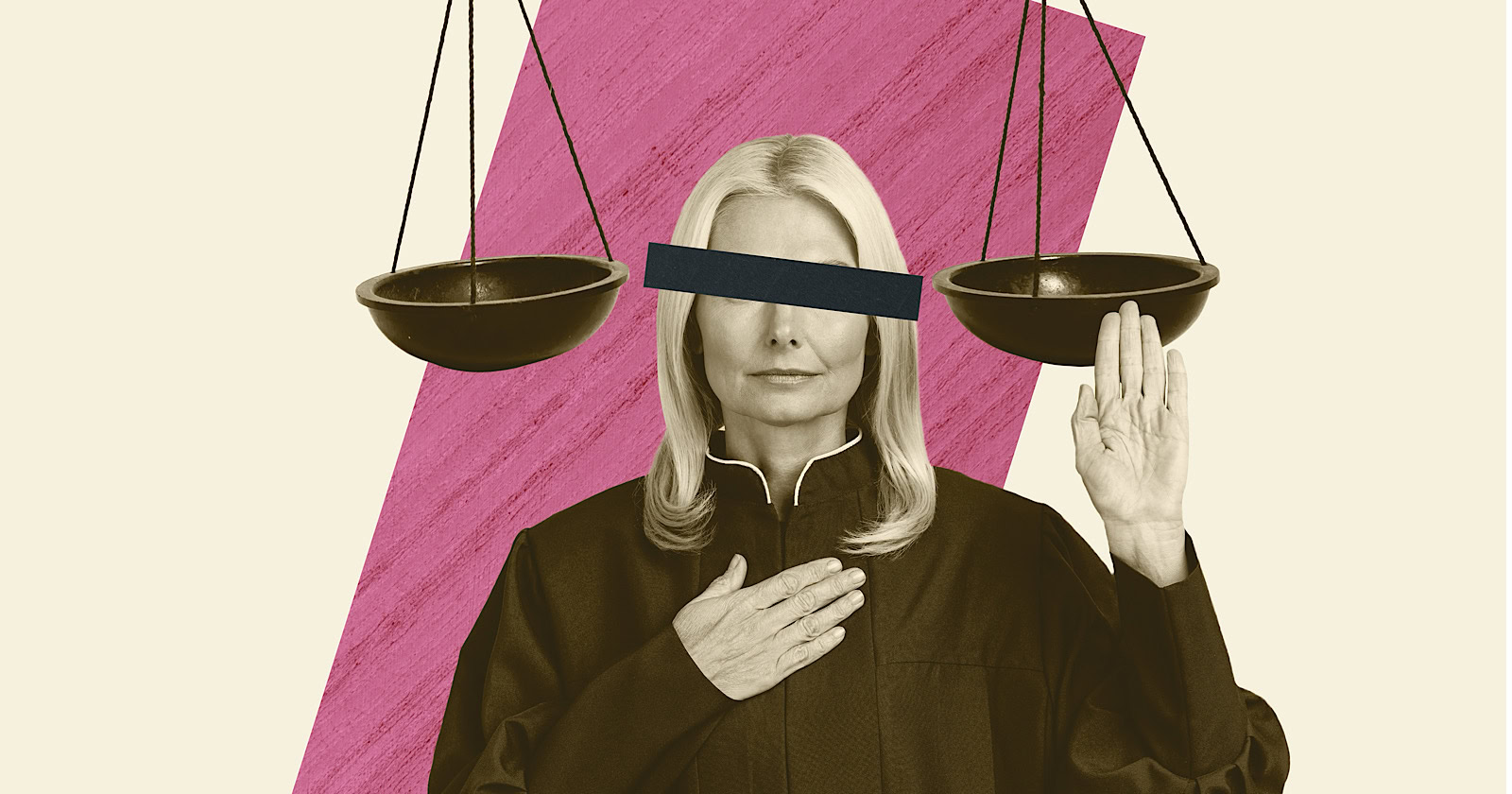The Supreme Court has overturned Roe v. Wade
Photo by Nathan Howard/Getty ImagesToday, the Supreme Court effectively overturned the right to a legal abortion established by Roe v. Wade in 1973. In a 6-3 ruling, the court voted to reverse a lower court’s decision in the case...

Today, the Supreme Court effectively overturned the right to a legal abortion established by Roe v. Wade in 1973. In a 6-3 ruling, the court voted to reverse a lower court’s decision in the case of Dobbs v. Jackson Women’s Health Organization, upholding a Mississippi law that banned abortion procedures after 15 weeks of gestation. More significantly, the ruling removed any constitutional restriction on laws banning abortion procedures.
Authored by Justice Alito, the majority decision is direct about the implications of the ruling. “The Constitution does not confer a right to abortion,” it reads. “Roe and Casey are overruled, and the authority to regulate abortion is returned to the people and their elected representatives.”
In a concurrence, Chief Justice Roberts voted against explicitly overturning Roe v. Wade but joined with the majority in voting to uphold the Mississippi law.
The decision has been widely anticipated after a draft of the ruling was obtained by Politico in May, an unprecedented breach of the court’s usual secrecy. Twenty-two US states have some form of abortion law in place that will automatically institute new restrictions in response to the ruling, resulting in a near-instant rollback of available services across the country.
In anticipation of the Dobbs ruling, privacy groups have raised alarm over the collection and trade of location data that could be used to identify people visiting reproductive care facilities, often collected from phones or other devices. There have been a number of efforts to limit the sale of this data in advance of the ruling, including a bill introduced by Sen. Elizabeth Warren (D-MA) in June. The pending restrictions have also renewed interest in remote or DIY abortion treatments like misoprostol and similar drugs.
In a concurring opinion (which begins on page 117 of the full ruling), Justice Thomas argues the ruling’s narrow interpretation of the US constitution’s due process clause should also be applied to overturn previous Supreme Court rulings that established a right to contraception (Griswold v. Connecticut in 1965), enacted nationwide same-sex marriage (Obergefell v. Hodges in 2015), or overturned laws banning sodomy (Lawrence v. Texas in 2003).
“In future cases, we should reconsider all of this Court’s substantive due process precedents, including Griswold, Lawrence, and Obergefell,” Justice Thomas writes in his concurrence. “Because any substantive due process decision is ‘demonstrably erroneous,’ we have a duty to ‘correct the error’ established in those precedents.”
In a dissenting opinion (beginning on page 148 of the ruling), the three liberal justices described the decision as a stark violation of women’s bodily autonomy.
“Across a vast array of circumstances, a State will be able to impose its moral choice on a woman and coerce her to give birth to a child,” the dissent reads. “Today’s decision strips women of agency over what even the majority agrees is a contested and contestable moral issue. It forces her to carry out the states’ will, whatever the circumstances and whatever the harm it will wreak on her and her family.”
Developing...

 Hollif
Hollif 
































